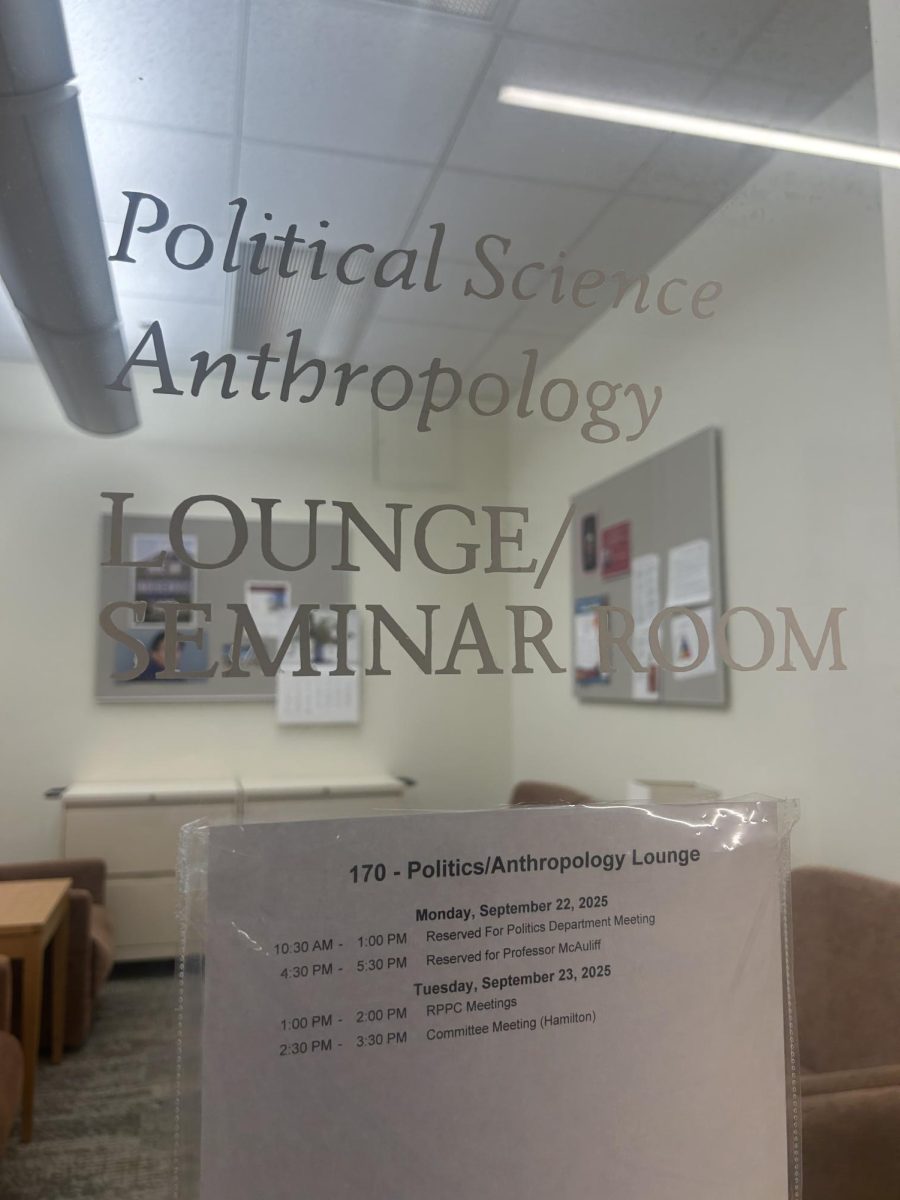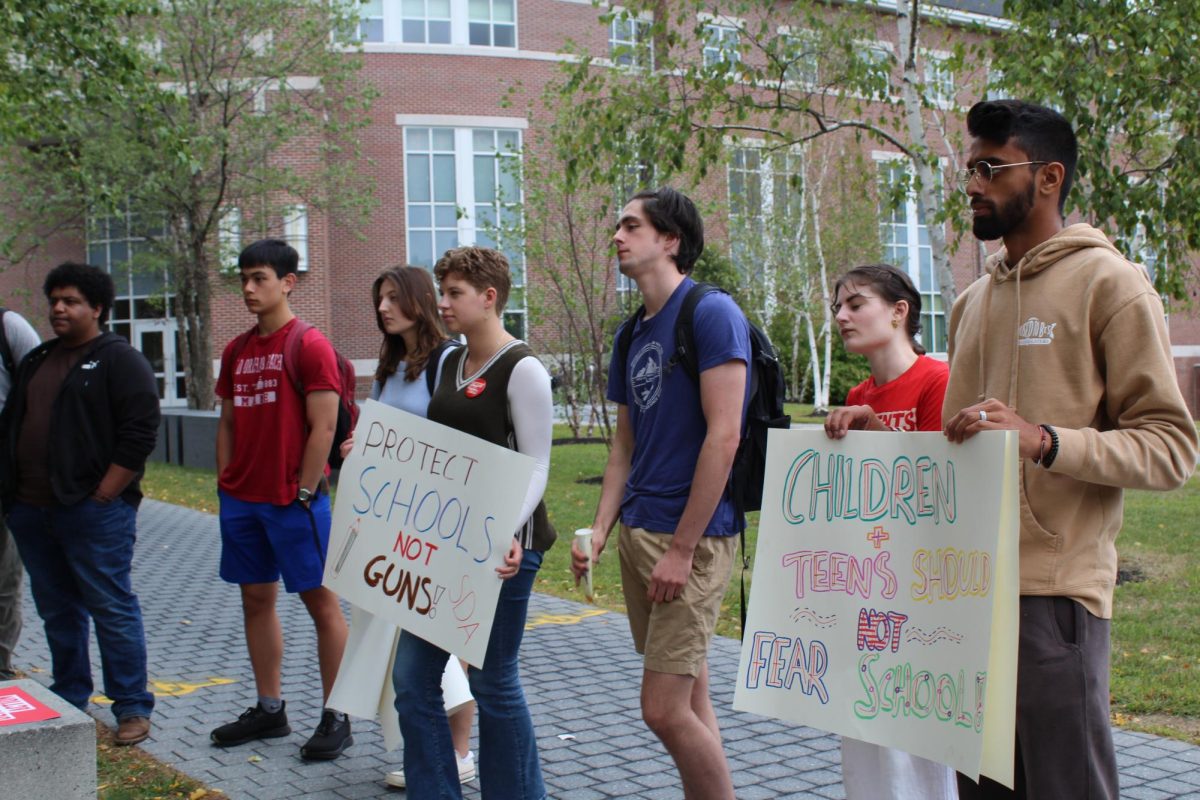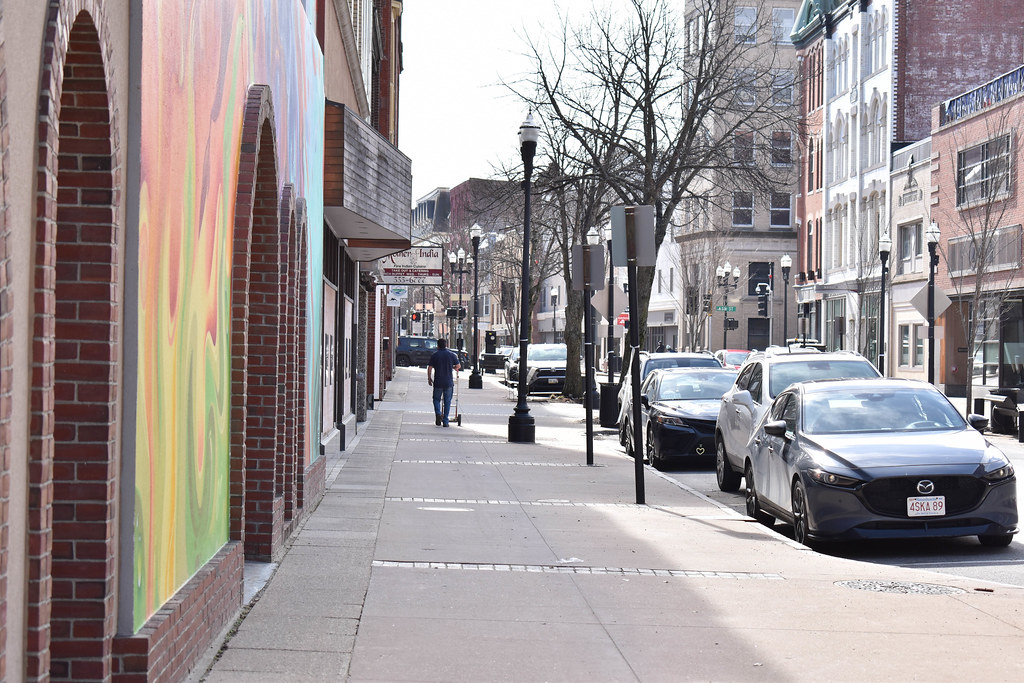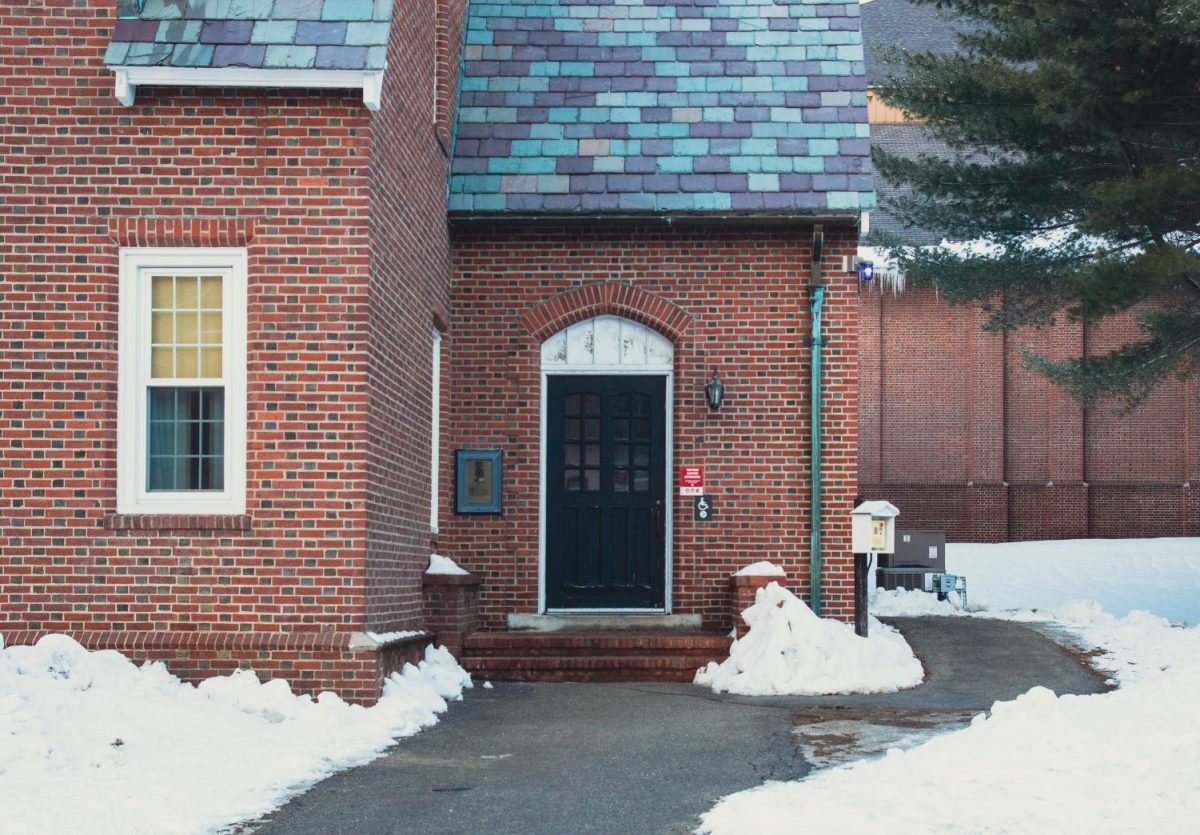Last Wednesday, Jan. 15, the Bates College Student Government (BCSG) welcomed Bates Vice President for Finance & Administration and Treasurer Geoffrey Swift to their first meeting of the winter semester to discuss the bane of Bates–the rising cost of tuition. While this is an issue affecting just about every institution of higher education, few colleges like Bates are a part of the $70,000-plus club, and with just under 60 percent of Batesies paying full cost, students are concerned at the increasing expense.
In the 1996-1997 academic year, the comprehensive fee to Bates was $27,415. When adjusted for inflation, this cost would have been equivalent to $45,628 in December of 2019. Now, 23 academic years later, the cost of attending Bates is $71,388, not including travel, personal or extra academic expenses. In 23 years, the current “value” of a Bates education has increased by more than $25,000.
From 2004 to 2009, tuition rose at a steady rate of about five percent each year. This declined beginning in the 2009-2010 academic year when tuition hikes slowed to just under four percent. It is unclear why this shift happened then, however the current rate of increase now hovers around three percent.
Student organizations have in the past pressured and pleaded with the administration to cease raising tuition. Upperclassmen students on campus may remember Bates Student Action (BSA), a coalition of students which existed for two to three years, ending sometime in the 2018-19 academic year. BSA staged protests outside of Commons and gathered signatures for a petition, however the group had little impact beyond raising awareness on campus.
BCSG has picked up the torch this year, giving concerned students an institutional legitimacy previously lacking with other student efforts.
Academics Committee Chair William Hibbitts ‘21 and BCSG Representative Kush Sharma ‘23 began working on stemming the rising costs at Bates last fall. They are tackling this issue so far on two fronts: textbooks and tuition. Hibbitts explained that their ideal situation would be for tuition to increase only as much as inflation, so it would be “no real increase.”
“First and foremost we are supposed to advocate for the interests of the student body,” Hibbitts said. “But what that’s going to concretely look like in terms of this project is probably going to be talking with the administration requesting to see some specifics and giving our own viewpoint.”
Hibbitts reached out to Swift in December to begin the conversation on tuition increases at Bates, scheduling the January discussion.
During the almost two-hour long conversation, Swift broke down two major areas of Bates’ budget, describing specific areas responsible for driving the increase in tuition. He also described the sources by which Bates draws its operating budget from, answering questions from Hibbitts and other BSCG member.
Two-thirds of costs are directly related to the staff, faculty and administration at Bates, including payment, benefits and taxes. Part of the reason that people take up such a large proportion of the budget is because Bates primarily chooses to support its own staff rather than contract services, like dining and facility services, to outside organizations, Swift explained.
Following this, the next greatest cost is related to maintaining facilities on Campus. This includes debt payments on recently constructed and refurbished buildings, capital costs, operating costs and maintenance and takes up a little less than 20 percent of Bates’s operating budget.
Twenty minutes after the start of the discussion and just a few minutes past his talk of facilities, the fire alarm in Pettengill Hall went off and the BCSG meeting was moved to a classroom in Hedge Hall. This also costs Bates money, he said.
Swift listed two main sources of funding for Bates’ operations: tuition and philanthropy. However, he later went on to discuss other sources indirectly bolstered by these two, including the endowment and the annual fund. Approximately 75 percent of Bates’ operating budget comes from tuition and 20 percent from philanthropy, of which 12 percent is derived from the endowment and six to seven percent from the annual fund.
Bates like other institutions of higher education is trying to balance the need to retain and recruit talented staff, faculty and administration by offering competitive pay, facilities and benefits, while at the same time trying to minimize increases in tuition. This balance makes it extremely difficult to give both sides exactly what they want, Swift explained.
In some instances, Swift explained that Bates has been able to save money by changing accounting firms and becoming more efficient with its energy consumption through the work of the EcoReps.
While Swift reported numerous statistics to explain Bates’ finances during the discussion, Hibbitts explained that he is frustrated that this kind of information is not readily available for Bates students and the BCSG to consider. Moving forward, Hibbitts hopes to work with the administration and get more specific information regarding where money is being spent at Bates.
“We would like to know more specifics because these costs are increasing and we want to know why is the cost increasing. I can’t say we can be wholly satisfied with a very generalized answer like that, because Bates’ tuition is going up… we’re not going to be satisfied with the very surface-level answers.”
An earlier version of this article listed money derived from the endowment and annual fund as separate components of Bates’ operating budget. Both of these sources are actually further breakdowns of Bates’ philanthropy funds.








